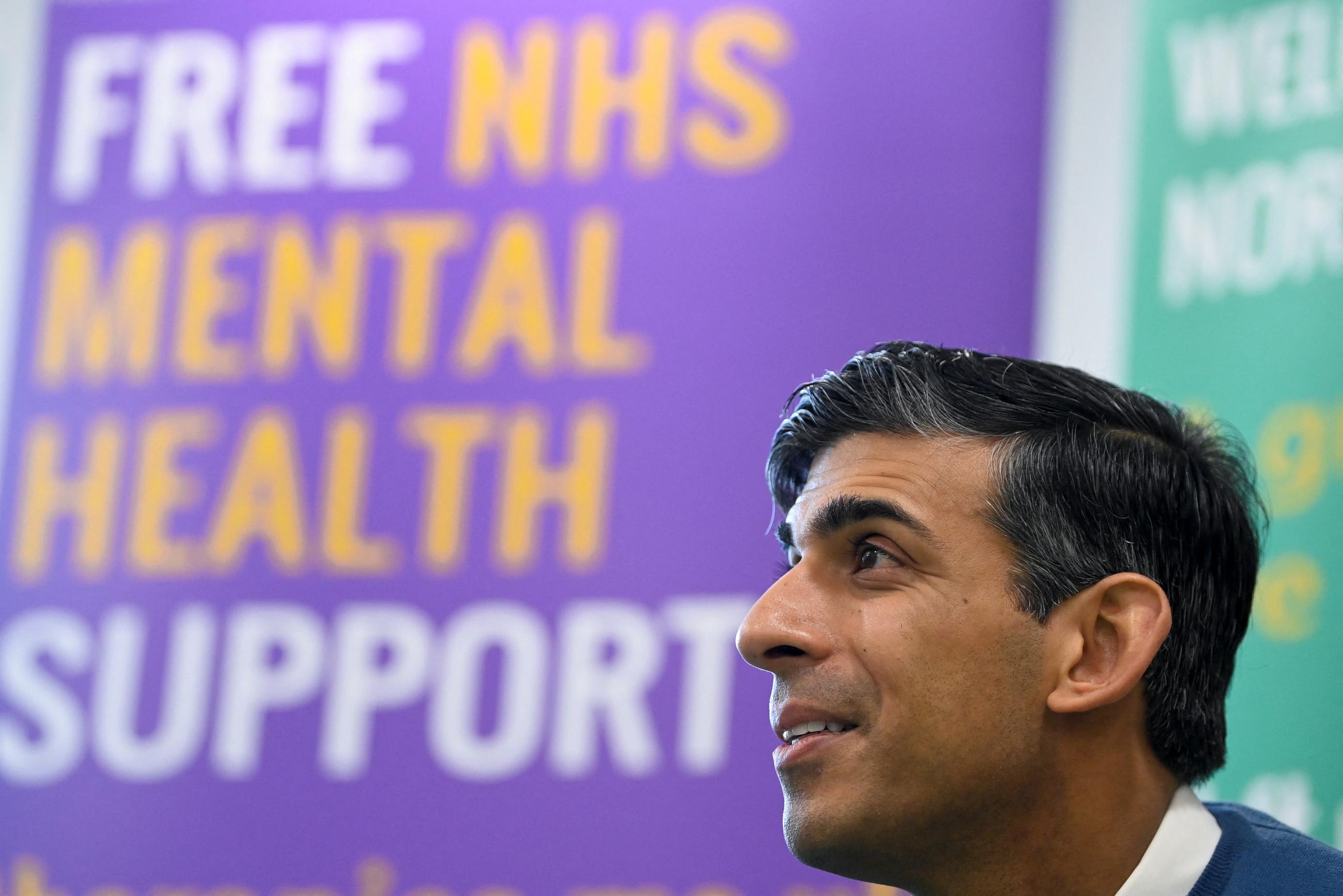Progress in improving mental health outcomes has been frustratingly slow. From 2000 to 2019, the proportion of people living with a mental health condition has remained unchanged at 13 percent. In 2019, suicide was the fourth leading cause of death for people ages fifteen to twenty-nine, and mental health conditions accounted for 7.3 percent of all disability-adjusted life years (DALYs) globally.
Almost every data source reveals that poor mental health is a serious global issue — the economic and community health effects of mental disorders are hard to overstate. Experts currently estimate $16 trillion to be lost from mental disorders between 2011 and 2030, and mental health disorders already contributed over 125.3 million years lived with disability (YLDs) in 2019.
The situation might seem bleak, but numerous steps have been taken recently to improve the state of global mental health. One of the largest collective ones is the Comprehensive Mental Health Action Plan (CMHAP), first implemented by the World Health Organization (WHO) in 2013.
According to Mark Van Ommeren, the unit head of mental health at the WHO, the CMHAP is a strategy agreed upon by WHO member states to bolster the response to global mental health problems that focuses on actionable steps. The plan includes ten measurable indicators of progress for global mental health and is centered on four primary objectives: strengthening leadership and governance for mental health, providing robust community-based services, implementing promotion and prevention strategies, and strengthening information systems.
Just 2.1 percent of health expenditure goes to mental health across all low- to high-income countries.
Although the Action Plan is a major step in the right direction, it has been ineffective in advancing its lofty goals. This became evident in 2019, when the WHO decided to extend the plan's deadline from 2020 to 2030 because five of the six primary indicators were not close to being met. Data from the 2020 Mental Health Atlas demonstrates that countries need to make considerable progress within this decade to achieve the new plan's goals.
To meet the targets, three primary issues should be addressed: poor intracountry allocation of funding, inadequate political will, and slow-moving data collection measures.
Poor Funding
One of the most notable shortcomings highlighted is the lack of funding for mental health. On average, just 2.1 percent of health expenditure goes to mental health across all low- to high-income countries. This comes from the already insufficient health expenditure in many countries. In 2019, average health expenditure across all countries was 9.83 percent of GDP (itself heavily skewed toward high-income countries, low and middle-income countries averaging only 5.32 percent of GDP). With such little financial support, certain goals of the Action Plan, such as increasing community-based mental health facilities and implementing mental health promotion and prevention programs, are unlikely to be fulfilled.
According to Van Ommeren, the reason for the insubstantial funding for mental health originates from a crisis of priority: "Since the investments in health are so poor, there isn't much room to shift to mental health. It's hard to argue that mental health is more important than cancer."
Van Ommeren also indicated that focus should be on two main sources of funding: central treasuries and international aid. "I think ultimately what is really needed is getting money in countries from the central treasury to the ministry of health for mental health. . . . And international development funding can help with processes of mental health reform, like if [countries] deinstitutionalize."

Inadequate Political Will
Funding is important. Political will is imperative. For adequate funding to be mobilized from treasuries and to reach ministries of health, governments should fully support mental health reform.
Unfortunately, strong political will on mental health reform seems to be the exception rather than the norm. The 2020 Atlas revealed that only roughly one of every five countries has a national mental health policy or plan it is implementing that aligns with at least one of five human rights indicators. Similarly, only one of every four countries has integrated mental health into primary care. If 80 percent of countries are expected to meet these criteria by 2030, governments should be pushed to implement changes promptly.
Many incentives could be promoted to encourage politicians to enact mental health reform. Mental health's relative novelty in global health priorities and its massive return on investment—$4 for every $1 spent on scaling up treatment for just depression and anxiety—make it an issue ripe for development. Depression and anxiety alone cost the world $925 billion annually and have resulted in twelve billion productive days lost each year, making the economic argument for addressing mental health cogent.
Ezra Susser, professor of psychiatry and cofounder of the global mental health program at Columbia University, also notes the impact of advocacy in bringing awareness to mental health conditions: "Social movements that bring together grassroots organizers, including those with mental health conditions, and advocates who could influence policies [are the most effective ways to increase political will]."
For politicians for whom such incentives are still not enough, Van Ommeren insists still another great incentive — political legacy. "There is a huge incentive for politicians to do something about mental health that hasn't been done before . . . [the] legacy argument for politicians is quite dramatic and would be a very good incentive."
This political argument seems to have been a potent one for the Biden administration, which received acclaim from the American Psychological Association (APA) and Mental Health America, and saw an 8 percent increase in approval ratings after President Biden detailed his Unity Agenda to address the U.S. mental health crisis during the 2022 State of the Union address. As more leaders recognize and capitalize on the political benefits of mental health reform, mental health policies and laws are more likely to quickly gain the political significance needed to pass.
Depression and anxiety alone cost the world $925 billion annually.
Inadequate Data and Research
The Mental Health Atlas, although certainly a comprehensive report on the state of global mental health, is published only once every three years and does not always include the most recent data for all countries surveyed, as was true of the 2020 Atlas. Furthermore, the data used across the atlases does not always include the same countries, limiting comparisons across years.
To provide a more current picture of countries' progress toward the CMHAP, the Countdown Global Mental Health 2030 was created by United for Global Mental Health in collaboration with the WHO and three other partner organizations. Yet much of the available data is from 2019 or before, only 31.28 percent is from 2020 or later. The time differences across various data points that can be as large as twenty years and make gleaning information on the true current state of indicators of global mental health difficult. To accurately gauge progress toward the CMHAP's goals, current and consistent data needs to be readily available for all countries. Current data is also necessary for adapting current efforts on reform to be more effective, based on which of the ten CMHAP indicators are progressing satisfactorily and which aren't.
Another large problem, as Susser points out, is the lack of up-to-date fundamental epidemiological data: "We need more basic information about children and adults with severe mental disorders (e.g. autism and schizophrenia) including incidence, prevalence, help-seeking, et cetera."
Large-scale data collection is certainly a challenge, but contemporary technologies have yielded innovative options that can be used to collect data more swiftly and efficiently. Some options include using mobile technology to crowdsource data (which could be especially effective for indicators such as the proportion of people with psychosis or depression accessing services) and using AI and machine learning to analyze and filter crowdsourced data in real time.
No matter what approach is taken, data collection moving forward should involve strategies to streamline the data collection and analysis process to ensure availability of accurate, up-to-date figures on mental health.
Moving Forward
Later this year, the 2023 Mental Health Atlas will be published, providing insight into where the world stands in relation to the CMHAP's goals. And regardless of whether the atlas demonstrates adequate progress, problems in global mental health will persist. Health disparities between lower-middle and high-income countries — such as that more than 80 percent of those with mental disorders live in lower-middle income countries — will not be eliminated in a decade, nor will problems like the 70 percent of people needing mental health services who lack access to necessary care.
These proposals — mobilizing greater capital toward mental health, making mental health reform a political priority, and ameliorating the data collection process — should not be a one-step fix, but a long-term commitment toward improving mental health outcomes. It will not be a quick process, but with a concentrated, persistent effort to bring mental health out of its obscurity and into the forefront of the world's priorities, change is possible. In the words of Van Ommeren, "[Reform] is a big thing to do, but it can be done."













